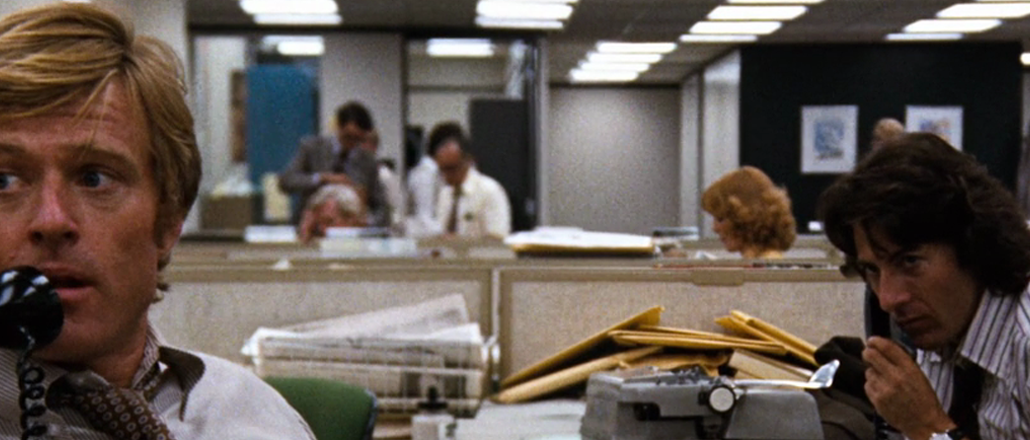Extra, extra: Grumpy journalism refugees are (often) bad at branded content

Journalism jobs continue to evaporate. A telling moment came this week, when a Pulitzer was awarded to a reporter who has since quit the profession for PR. He couldn’t pay the rent.
Simultaneous to this newsroom contraction, media companies are expanding their content studios, charged with creating compelling content for brands. You’d think there would be a perfect match. And yet that’s often not the case.
Creating effective branded content requires a specialized, almost paradoxical, set of skills. Not only must the creator write content in a way that is easy-to-read and informative, but they must also answer to people on the business side and take criticism from clients — something that journalists have not traditionally been good at or willing to do.
“It can be can be a grinding process creatively,” said Adam Aston, head of The New York Times’ T Brand studio, himself a former Businessweek editor. “These kinds of conversations are familiar to people in the ad world but newer to journalists.”
Aston has interviewed over 100 journalists and editors for content creator gigs in the last six months. Most aren’t good fits. Ex-reporters, he said, tend to do well when it comes to writing branded content — that is, after all, a core skill of journalism — but not so much on the softer side of the ledger.
A job posting for a content strategist job at T Brand Studio, for example, says that candidates should have, among other things, “thick skin and a top-notch sense of humor.” Translation: Branded content creators often have to check their pride at the door if they want to please clients. Reporters are not exactly known for such even-keeled temperaments.
“This is a very immature space, and some partners are more sophisticated than others,” Aston said. “Partners might find during the process of creating stuff that they’re not certain what they want.” Despite the challenges involved in roping in journalists, The Times remains committed to the idea, which it says is core to what differentiates T Brand Studio in the market.
Ego is a persistent foil among journalists trying their hand at branded content. Many journalists are attracted to the career because it offers the prospect of being well known and respected for industry expertise and the ability to have one’s name attached to big stories. That possibility doesn’t exist when it comes to branded content, where a creator’s byline is just one in a long list of numbers that includes video producers, product managers and programmers.
On the other hand, it’s clear that hasn’t driven away the many former journalists who now moonlight as branded content creators. It’s self-selecting in a way. Content studios are unlikely to have to deal with journalists who won’t play ball with clients because unwilling journalists won’t apply for those content studio jobs in the first place.
“A lot of traditional journalists want to be very pure-play and cover stories with a political slant or a personal agenda. Authorship is led by ego,” said Moksha Fitzgibbons, chief revenue officer at Complex Media, which runs its own branded content studio. “But there is also another set of creators who are more business-minded. It’s a slightly different skill set. Both are valuable.”
That said, ad copywriters are often not the answer, either. They have a different issue. Journalists may have a hard time swallowing their pride, but marketing people have a hard time writing content in a way that’s jargon-free and accessible to the average person.
The ex-journalist — or current journalist fearing becoming an ex-journalist — can take comfort in one skill they’ve learned the hard way: perseverance.
“After years of being beaten down by editors, journalists get a very unique understanding of how to approach stories,” T Brand Studio’s Aston said. “If you become highly polished in industry speak, you lose the ability to be able to explain things like you would to your uncle at Thanksgiving dinner. That’s who we try to speak to, not your chief marketing officer.”
More in Media

Here are the biggest misconceptions about AI content scraping
An increase in bots scraping content from publishers’ sites represents a huge threat to their businesses. But scraping for AI training and scraping for real-time outputs present different challenges and opportunities.

How Future is using its own AI engine to turn deeper engagement into ad dollars
Future is betting on AI to boost recirculation – and make that stickier audience more appealing to advertisers.

Substack’s video bet could be a growth hack for small creators
Video is helping smaller creators on Substack grow their subscriber numbers faster — but larger creators aren’t experiencing the same boost.





